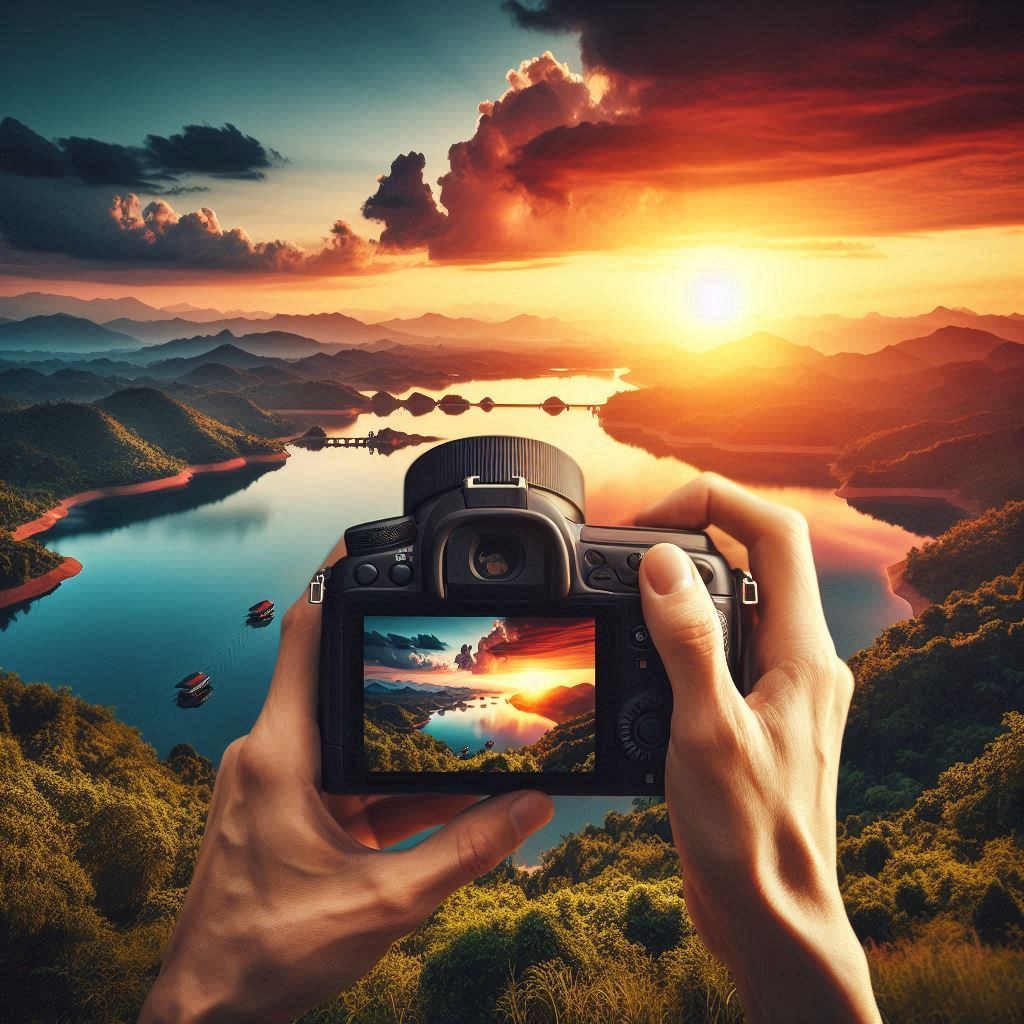At the top level, image stitching is all about taking two or more overlapping images and merging them together to create one cohesive panorama. It is similar to putting together a puzzle except that you’re working with pixels instead of cardboards. The process includes — Feature Detection, Feature Matching, Homography estimation, Warping and Blending.
The process starts with Feature Detection which includes finding the key points or features from the image like corners and edges of different objects. Among all the feature detection and extraction algorithms, ORB is known for being optimal while achieving accurate results. It utilizes FAST (finds potential key points by comparing a pixel with the neighbor pixels)and BRIEF (computes the data surrounding each key point and creates a short string of 0s and 1s called descriptor, which includes the look, color, and texture around the key point) methods to find key features and analyze their neighbors.
Once the important features are found, the next step is to match the features. This is where the descriptor of the key points which are unique for each key point in an image, is used. The descriptors from one image are compared with descriptors from other images to find the matching features or key points.
Images that have the same coordinate system can be blended at the points where the key points match seamlessly but there can be images that do not. Therefore, the next step (Homography estimation) includes finding if any image needs to be transformed to merge into another image(s). Homography estimation algorithms find a 3x3 transformation matrix to align and transform the images to a single coordinate system where the matrix is calculated using the matching features’ location.
The last step for image stitching includes warping and blending — transforming the images based on the transformation matrix, converting one image’s coordinate system to the other, and blending the images to create on seamless image. Various blending techniques can be used, from simple averaging to more sophisticated algorithms that take into account things like exposure and color balance.
Image stitching serves as a versatile tool with diverse applications, spanning industries and disciplines. Whether it’s capturing breathtaking landscapes, enhancing security measures, or advancing medical diagnostics, image stitching continues to redefine how we perceive and interact with visual information.
So, whether you’re exploring the great outdoors or just capturing everyday moments, image stitching is your ticket to turning ordinary photos into extraordinary masterpieces. It’s like having an artist, working behind the scenes to bring your vision to life.

